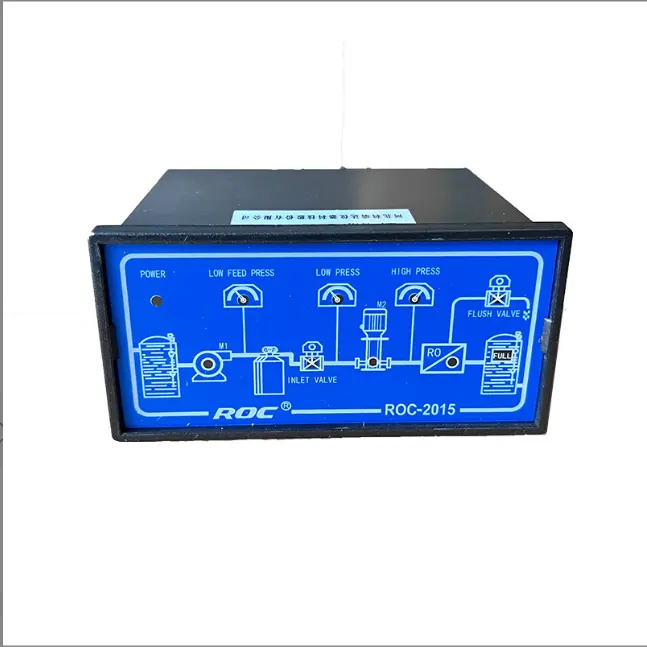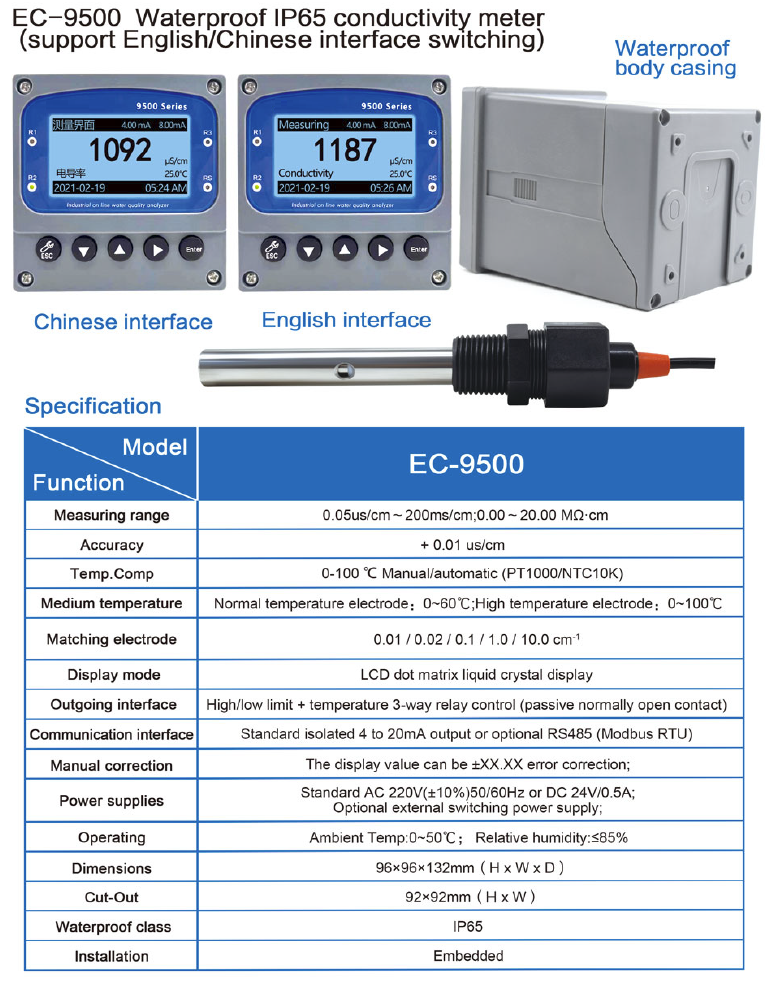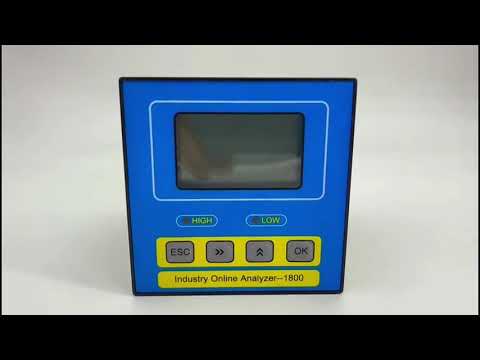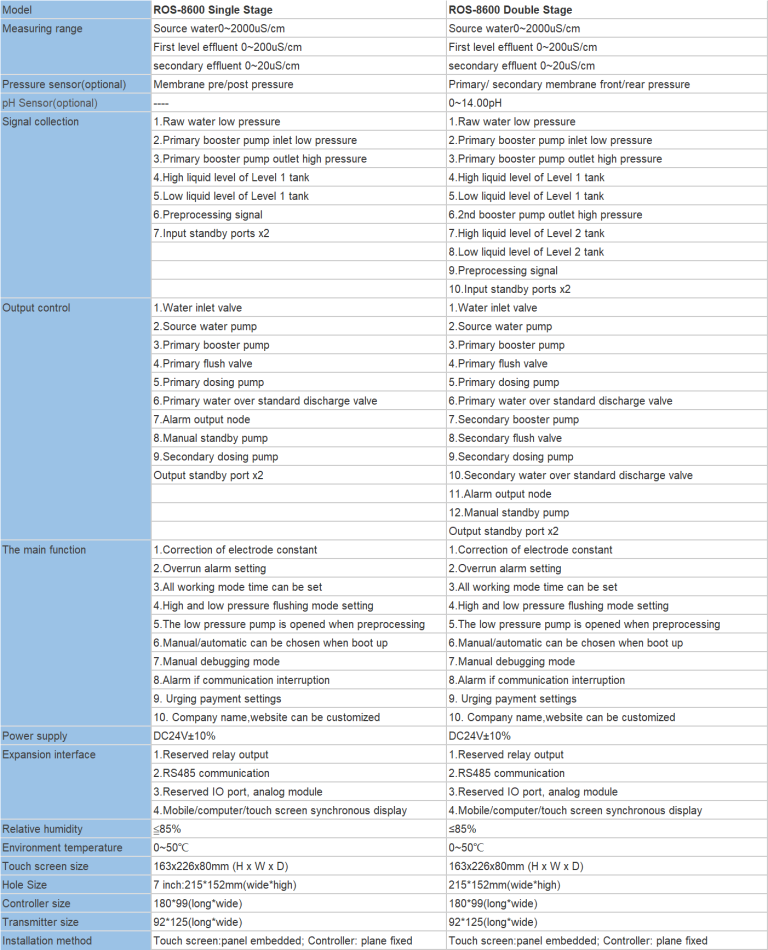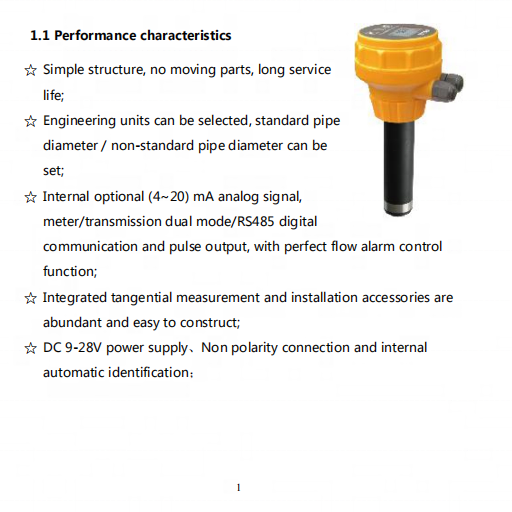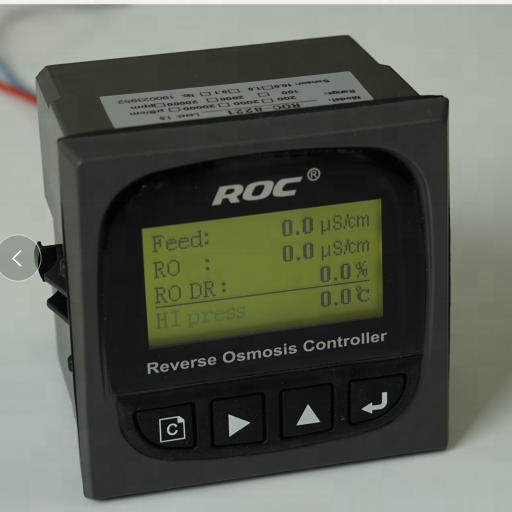Understanding the Basics of EC Meters
Electric conductivity (EC) meters are essential tools for measuring the concentration of dissolved salts in a solution. These meters are commonly used in agriculture, hydroponics, aquaculture, and environmental monitoring to ensure the proper nutrient levels in water or soil. Understanding how EC meters work is crucial for obtaining accurate readings and maintaining optimal growing conditions for plants or aquatic organisms.
At the core of an ec meter is a probe that contains two or more electrodes. When the probe is immersed in a solution, an electric current is passed between the electrodes. The conductivity of the solution affects the flow of this current, which is then measured by the meter. The higher the concentration of dissolved salts in the solution, the greater the conductivity, and vice versa.
EC meters typically display the conductivity readings in units of microsiemens per centimeter (\u00b5S/cm) or millisiemens per centimeter (mS/cm). These units indicate the ability of the solution to conduct electricity, with higher values corresponding to higher salt concentrations. By monitoring the EC levels, growers can adjust the nutrient solution accordingly to prevent over-fertilization or nutrient deficiencies.
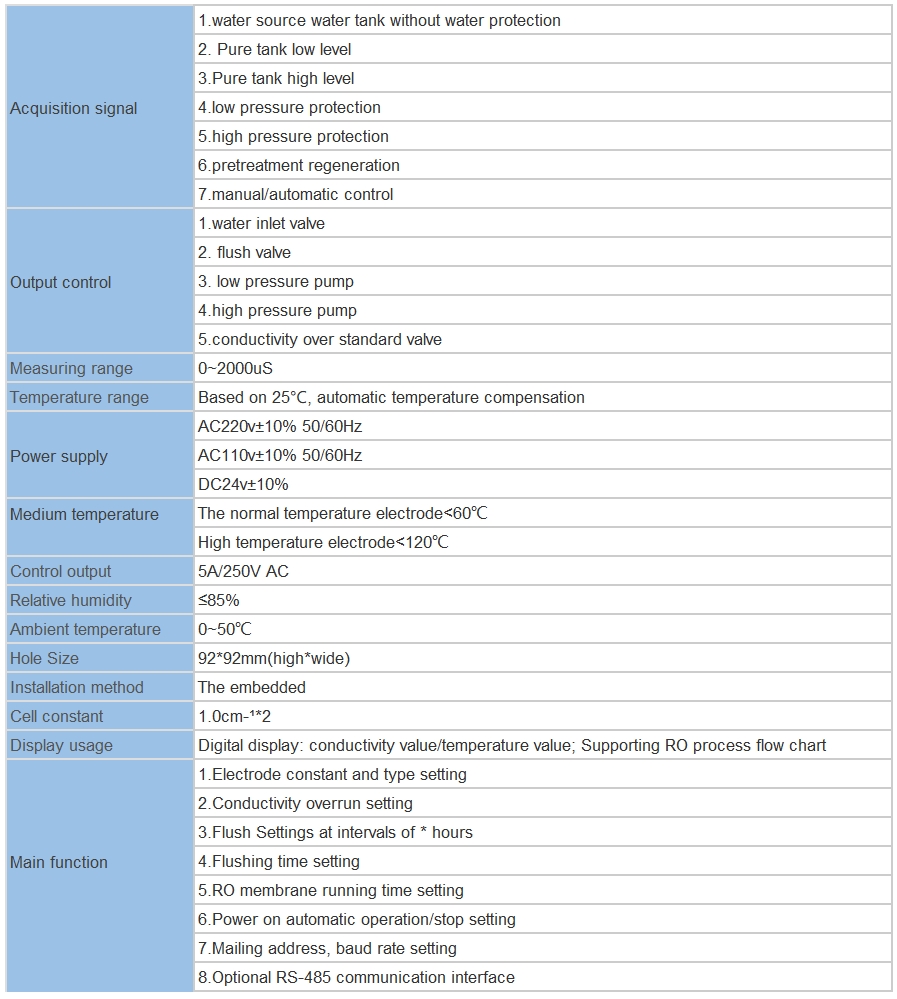
One important factor to consider when using an ec meter is temperature. The conductivity of a solution is temperature-dependent, meaning that the readings can vary with changes in temperature. Most EC meters come with built-in temperature compensation to account for these fluctuations and provide accurate readings regardless of the temperature of the solution.
Calibrating an ec meter is essential to ensure its accuracy. Calibration involves testing the meter with a known standard solution of a specific conductivity value. By comparing the meter’s readings with the known value, users can adjust the calibration settings if necessary. It is recommended to calibrate an ec meter regularly to maintain its accuracy and reliability.
| Model | pH/ORP-9500 pH/orp meter |
| Range | 0-14 pH; -2000 – +2000mV |
| Accuracy | \u00b10.1pH; \u00b12mV |
| Temp. Comp. | Automatic temperature compensation |
| Oper. Temp. | Normal 0\uff5e50\u2103; High temp 0\uff5e100\u2103 |
| Sensor | pH double/triple sensor; ORP sensor |
| Display | LCD Screen |
| Communication | 4-20mA output/RS485 |
| Output | High/Low limit triple relay control |
| Power | AC 220V\u00b110% 50/60Hz or AC 110V\u00b110% 50/60Hz or DC24V/0.5A |
| Working Environment | Ambient temperature:0\uff5e50\u2103 |
| Relative humidity\u226485% | |
| Dimensions | 96\u00d796\u00d7132mm(H\u00d7W\u00d7L) |
| Hole Size | 92\u00d792mm(H\u00d7W) |
| Installation Mode | Embedded |
In addition to measuring conductivity, some advanced EC meters also offer additional features such as measuring total dissolved solids (TDS) or salinity levels. TDS meters measure the total amount of dissolved solids in a solution, including minerals, salts, and other substances. Salinity meters, on the other hand, specifically measure the concentration of salt in a solution, which is crucial for monitoring water quality in marine or brackish environments.
When using an ec meter, it is important to follow the manufacturer’s instructions for proper handling and maintenance. Keeping the probe clean and properly stored can prolong the lifespan of the meter and ensure accurate readings. Regularly checking the probe for any signs of wear or damage is also recommended to prevent any potential issues with the measurements.
In conclusion, EC meters are valuable tools for monitoring nutrient levels in water or soil and ensuring optimal growing conditions for plants or aquatic organisms. By understanding how these meters work and following best practices for calibration and maintenance, users can obtain accurate and reliable readings to support their agricultural or environmental monitoring needs. Whether you are a hobbyist gardener or a professional grower, investing in a quality ec meter can help you achieve better results and maximize the health and productivity of your plants or aquatic species.

